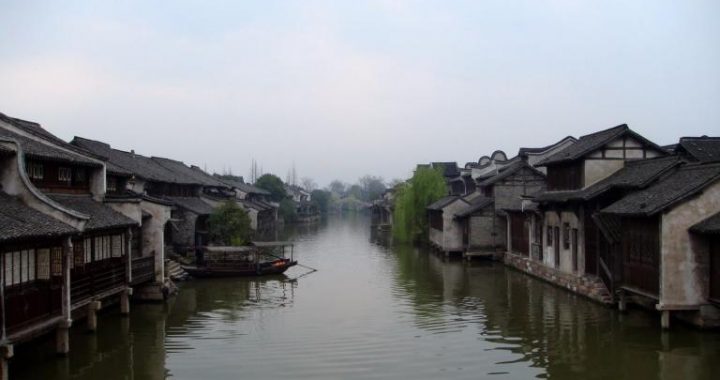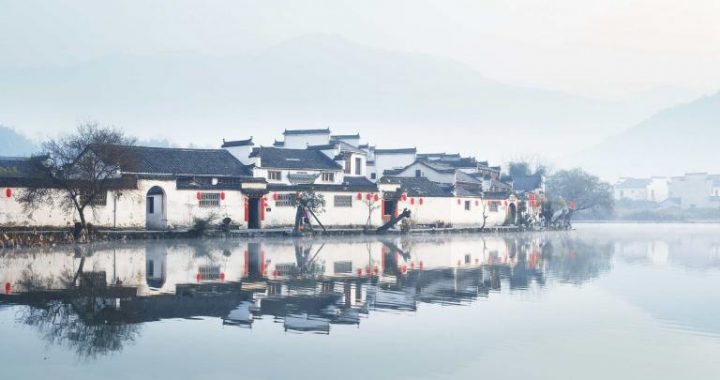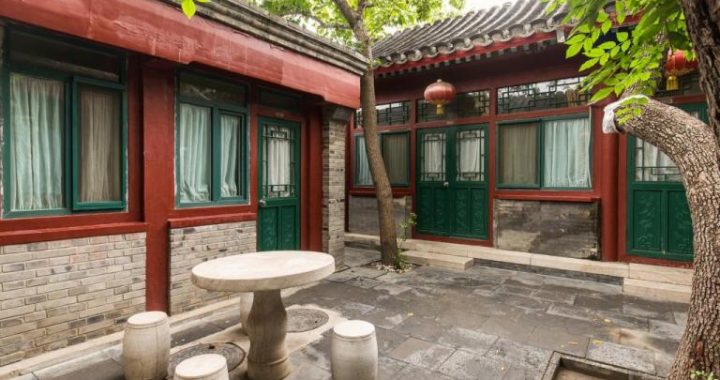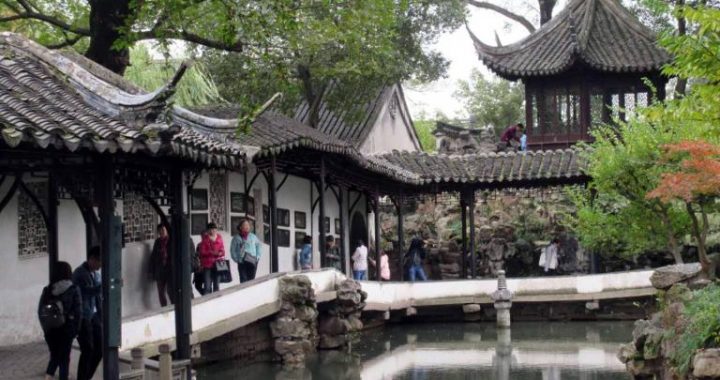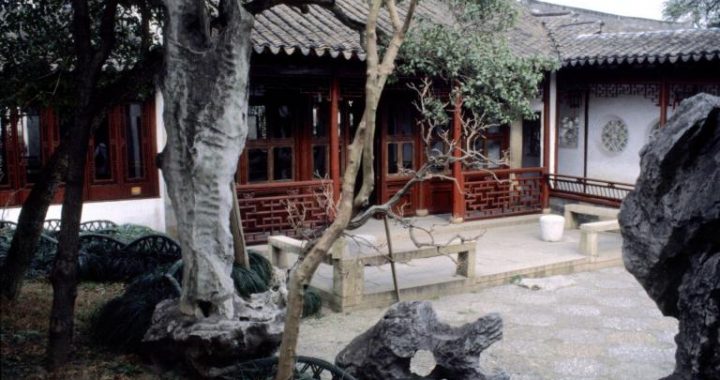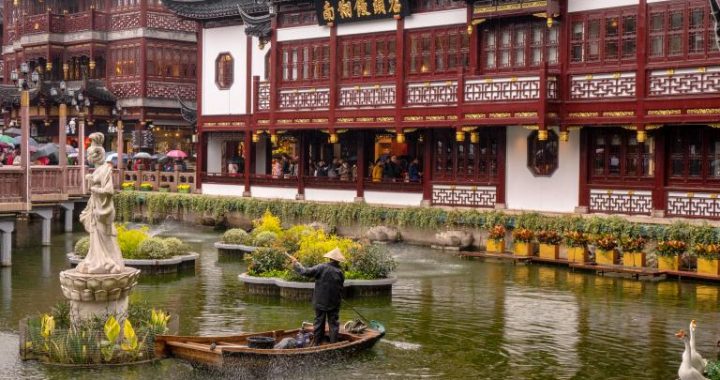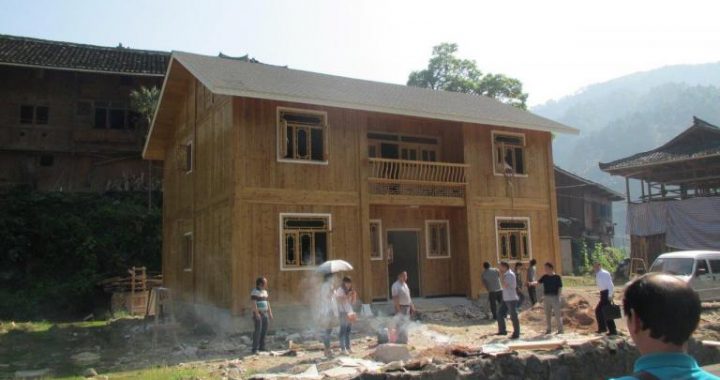Grottoes in ancient China
2 min readChinese grottoes originated from Indian grotto temples.This type of Buddhist architecture spread to China with Buddhism around the Southern and Northern Dynasties,and reached a peak in the Tang Dynasty.Grottoes were basically distributed along the routes between the Han Dynasty and the Western Regions in the early period,and then spread to the vast central plains region and the southern region along the Gansu Corridor.

These grottoes record the history of the development of Buddhism in China.Moreover,a lot of murals and colored sculptures in grottoes reflect thedevelopment and change of Chinese art and culture in various ancient periods.
The three famous sites of grottoes in China are:the Mogao Grottoes in Dunhuang,Gansu,Yungang Grottoes in Datong,Shanxi and Longmen Grottoes in Luoyang,Henan.

The Mogao Grottoes are commonly called”Thousand-Buddha Cave.”It is said that in the second year of the Jianyuan Period of the Former Qin Dynasty(366),a monk named Lezun saw glittering golden light like a thousand Buddha statues on the mountain here,so he carved the first cave shrine on the cliff.
From the Sixteen Kingdoms Period(304-439)to the Yuan Dynasty,the carving of Mogao Grottoes lasted ten dynasties.Today,almost the whole cliff surface is covered by grottoes,long winding plank roads link grottoes of different sizes,and murals and colored sculptures related to Buddhism are all over the grotto walls.
Flying Apsaras in murals are worth mentioning.Apsaras are beautiful bodhisattvas called”gods of fragrance and sound”in Buddhism able to playmusic,good at flying and dancing and emitting fragrance.They are not like Greek angels with wings or ancient Indian female devas riding on clouds and mist.Chinese ancient artists made their beautiful and graceful bodies fly in the sky and created a lively atmosphere with long ribbons.At the mention of the ogao Grottoes in Dunhuang,people think of the amazing flying Apsaras.
Grotto statues became larger and larger,and gradually developed from statues in grottoes to statues outside grottoes.In the Tang Dynasty,the largest stone Buddha statue-the Leshan giant Buddha statue in Sichuan-was built.The giant Buddha statue was carved on a riverside natural rock cliff of the Qixia Peak of the Lingyun Mountain.Also called the Lingyun giant Buddha statue,it is a sitting statue of Maitreya carved in 90 years from thefirst year of the Kaiyuan Period of the Tang Dynasty(713).The Buddha statue is 71 meters high,the shoulder width is 24 meters,and the ear length is 7 meters.Two people can stand side by side in the ear,and more than one hundred people can stand on the instep 8.5 meters wide.It is the highest giant Buddha statue in the world.

